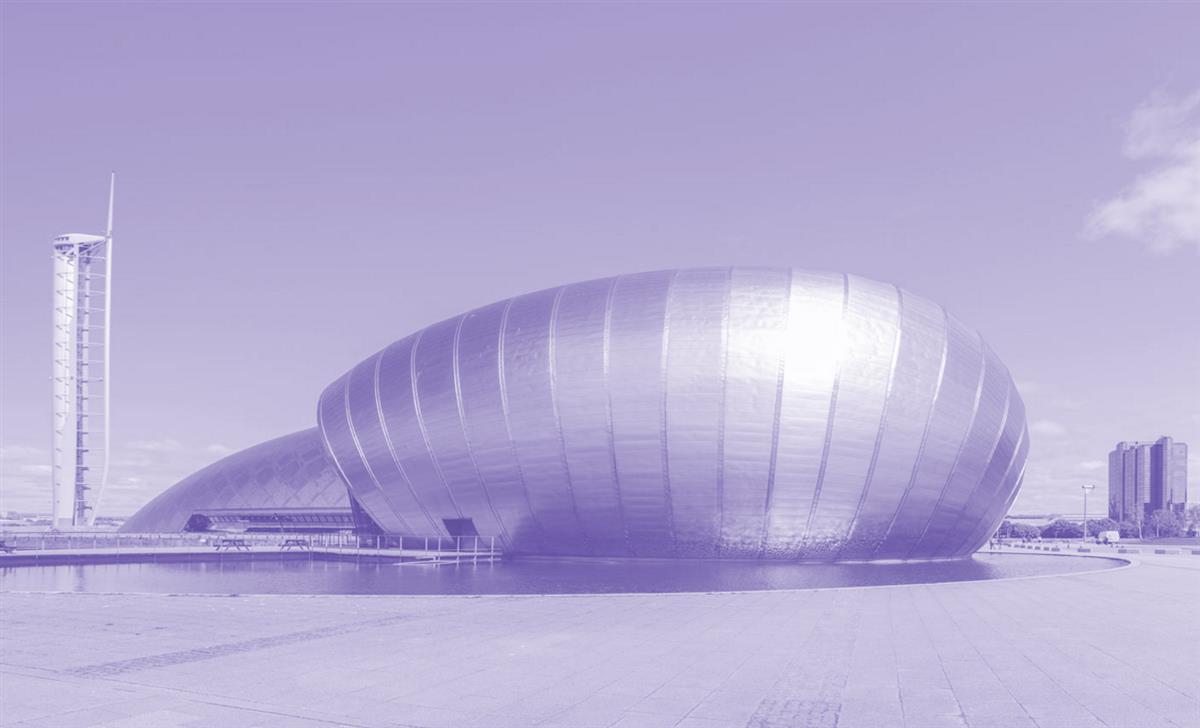
Glasgow Science Centre
(exhibition venue)
introduction:
NB Olive Network editors note - please visit the MUSEUMS AS CLIMATE ACTION website for full and interactive story.
How can museums evolve to address the challenges of a warming world? In the lead-up to COP26, we launched an international design and ideas competition to reimagine museums as a radical form of climate action. The competition aimed to explore how rethinking the design, purpose and experience of museums can help society make the deep, transformative changes needed to achieve a net-zero or zero-carbon world.
The competition attracted 264 entries from 48 countries around the world. Eight competition winners are now developing their ideas for an exhibition to be hosted at Glasgow Science Centre ahead of and during the UN Climate Change Conference.
This site will be updated as the project develops.
In 1992, the world’s governments committed to address the rapidly growing threat of global climate change by adopting the United Nations Framework Convention on Climate Change (UNFCCC). The Convention came into force in 1994.[1] The Paris Agreement of 2015 saw its signatories agree “to strengthen the global response to the threat of climate change by keeping a global temperature rise this century well below 2 degrees Celsius above pre-industrial levels and to pursue efforts to limit the temperature increase even further to 1.5 degrees Celsius.”[2]
The year 2015 also saw the launch of the Sustainable Development Goals, the most ambitious programme ever to secure a sustainable future. The Sustainable Development Goals are strongly linked to activity for the UNFCCC and Paris Agreement.[1]
Since the UNFCCC came into force in 1994, governments and their representatives have met twice a year to monitor progress, evaluate what further action is needed, and agree programmes of activity to combat climate change. The main meeting is usually held in November or December. This meeting is often referred to as the ‘COP’, which means the ‘Conference of the Parties’ (Parties are the countries that are signed up to the Framework Convention). As the first COP was held in 1994, the next COP will be COP26, and it will be held in Glasgow in 2021.
The Framework Convention on Climate Change and the Paris Agreement both recognise the crucial importance of involving the public in climate action. They both specify the importance of public education, training of key groups of staff, public awareness campaigns, public participation in climate change decision making, public access to information relating to science and policy regarding climate change, and international co-operation. These six areas are known informally as Action for Climate Empowerment, or ACE.[1]
museums and climate change
Museums have been defined by the International Council of Museums (ICOM) as follows: “A museum is a non-profit, permanent institution in the service of society and its development, open to the public, which acquires, conserves, researches, communicates and exhibits the tangible and intangible heritage of humanity and its environment for the purposes of education, study and enjoyment.” For the purposes of this project, we considered a museum to include all forms of natural, cultural and biosocial collections and associated institutions, including, but not limited to, social, historical and cultural museums, biobanks, zoos, art galleries, botanical gardens, herbaria, outdoor museums, and so on.
We believe that every museum can play a vital part in the shift to a low-carbon future. Recent years have seen an increasing number of initiatives focused on climate change across science, art, natural history and ethnographic museums, with exhibitions, events, festivals, and national and international partnerships aimed at raising awareness and shifting narratives. New forms of activist-led museum have emerged to confront the causes and consequences of climate change. Some museums have made public declarations of their intentions to reduce their carbon footprints and contribute to climate action, while others have been forced to confront the problems associated with sponsorship from fossil fuel companies.
The profound challenge of the climate crisis poses urgent questions of museums: What can they be? How can they liberate and leverage their fullest potential to create the future we want? How do they impede climate action? How can they collaborate more effectively with one another, with other sectors, and with wider society to realise positive climate action? How might new forms of museum architecture, interpretation and experience bridge the divide between nature and culture? How will existing and future natural, cultural and biocultural collections resource future worlds? What would a non-anthropocentric museum look like?
The brief for the competition asked designers, architects, academics, artists, poets, philosophers, indigenous groups, museum professionals and the public at large to respond to these questions, and in the process help museums globally to bring about a more just and sustainable future.
You can read the full brief here.
SOURCE: MUSEUMS AS CLIMATE ACTION